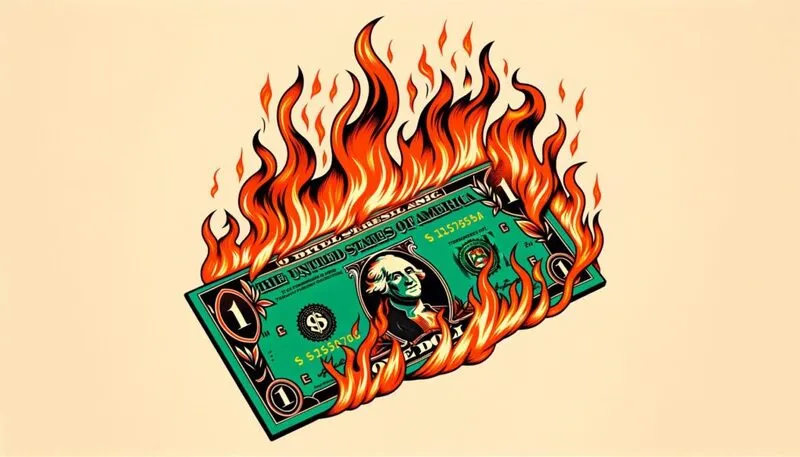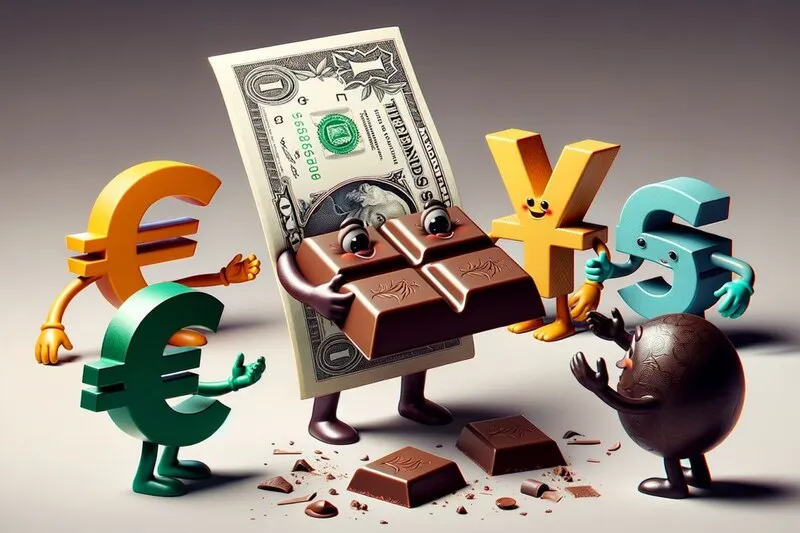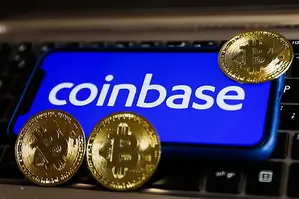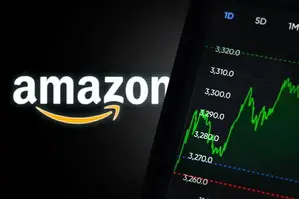The recent US dollar decline is currently shaping a new world narrative. This narrative is rife with de-dollarization, with elements such as USD competitors hounding the US dollar day and night. With the geopolitical tensions escalating, as the US continues to introduce new tariff regimes, the world is now exhibiting a new stance of USD defiance. The current world is more accommodating towards new thought processes and financial methodologies that support holistic currency approaches rather than depending on a singular currency for its own survival. This world is now inching towards adopting a multipolar stance, an idea that the US dollar must learn to entertain one way or the other.
Also Read: De-Dollarization: 3 Global Superpowers Drop USD for Crypto Oil Trade
US Dollar Hegemony Is Under Pressure

There was a time when the dollar’s reserve asset status was highly revered and trusted. The currency was leading in all financial aspects, establishing its power over other assets. But the constant US dollar weaponization, sanctions, and the recent tariff overhauls have led the world to want to take a break from the USD. The American currency is now noticing a new surge of development, one that points towards the rise of autarkic economies.
The inflating US debt metrics have also started to gnaw at the US dollar, with experts issuing warnings of an eventual USD collapse.
“The US collar used to be backed by gold—and it’s not far-fetched to think we may be headed there again in the future. History shows us that the same cycles repeat time and time again. One such cycle is related to currency devaluation.Once people start to lose trust in the fiat system, we see a specific cause-and-effect reaction occur. 1) Governments print a lot of money. 2) They pay off the debt with the cheap money. 3) Nobody wants to hold the devalued currency. 4) Governments go back and link money to gold. Will this same pattern happen again? It’s hard to say, and it wouldn’t happen anytime soon. But it is conceivable,” as stated by Ray Dalio.
The U.S. dollar used to be backed by gold — and it’s not farfetched to think we may be headed there again in the future.
— Ray Dalio (@RayDalio) August 5, 2025
History shows us that the same cycles repeat time and time again. One such cycle is related to currency devaluation.
Once people start to lose trust in the… pic.twitter.com/D6sfRtOd0i
Factors Fueling De-Dollarization
In addition to this, constant weaponization of the dollar has led the world to fuel the local currency agenda. Several nations have now started to “de-dollarize,” moving towards a world where the US dollar is no longer a crowning jewel of the financial world.
“Several factors could accelerate de-dollarization. First, technological innovation: CBDCs, blockchain systems, and improved cross-currency payments reduce the need for a vehicle currency. The Brookings Institution notes direct exchange between emerging market currencies (like renminbi and rupee) could soon be cheaper than using dollars as an intermediary. Second, the “domestication” of the US Treasury market:Foreign holders of US Treasuries have declined from 54% pre-2008 to 33% today. Central banks and sovereign wealth funds saw their share drop dramatically from 28% to 13%. China’s CIPS payment system has doubled in size in two years, combining both messaging and settlement functions, unlike SWIFT.
Third, shifting geopolitical alignments: Eichengreen's research shows countries relying on U.S. security hold more dollar reserves—this could change as security arrangements evolve. Fourth, regional trading blocs are growing, especially in Asia. As McKibbin notes, the center of… pic.twitter.com/xIyoZbdRdu
— Markets by Zerodha (@zerodhamarkets) May 20, 2025
A Multipolar World Compels The Dollar To Share
Amid all the economic chaos, other currency competitors are compelling the US dollar to share its privileges. China’s PBOC governor Pan Gongsheng has echoed a new sentiment of embracing the multipolar world, a method that promotes other currency usage in a world where the dollar used to shine gloriously.
“Developing a multipolar international monetary system will help strengthen policy constraints on sovereign currency countries, enhance the resilience of the system, and better safeguard global financial stability.” Pan said in a Reuters report.
The world is now decreasing its dependence on the US dollar, with the majority of countries abandoning the USD due to its volatile and unpredictable nature.
“We’re likely moving toward a ‘multipolar currency world’ where the dollar shares the stage more evenly with currencies like the euro and eventually the renminbi. This echoes what economist Helene Rey calls a “New Kindleberger Gap”—where the hegemon lacks willingness to provide stability while rising powers lack capability. The dollar’s privilege isn’t guaranteed—it requires ongoing investment in institutions and policies that made it dominant. For investors, gradual diversification into non-dollar assets makes sense. For policymakers, maintaining confidence in dollar assets through responsible fiscal and monetary policy remains crucial.”
The dollar's privilege isn't guaranteed—it requires ongoing investment in institutions and policies that made it dominant. For investors, gradual diversification into non-dollar assets makes sense. For policymakers, maintaining confidence in dollar assets through responsible…
— Markets by Zerodha (@zerodhamarkets) May 20, 2025
The impromptu rise of the yuan, euro, gold, and bitcoin signals a pivoting shift. This shift is marked with a narrative where diversification becomes a key unlocking a wealth of benefits.
The US dollar is dying.
— Daly Asset Management (@DalyAManagement) August 17, 2025
For the first time in 80 years, global investors are abandoning America's currency.
Your savings, mortgage, and daily expenses are about to get crushed.
Here's the terrifying timeline of how the world's reserve currency is collapsing: 🧵 pic.twitter.com/ZJTRnwP1KI
Also Read: India To Boost De-Dollarization: Buy Nigerian Oil Paying in Naira






